Teaching
Teaching with the collections of Special Collections & Archives is deeply embedded in our mission, and indeed, in the mission of Wesleyan University. Each year, we work with faculty to teach between 80 and 120 class sessions across many disciplines from Astronomy to History to Writing (and just about everything in between). Hundreds of Wesleyan students visit SC&A as part of their courses. Models for class sessions vary from a traditional presentation of primary sources in a particular discipline to a wide range of in-class active learning exercises, creative projects, pop-up exhibits, or semester long projects.
Wesleyan faculty interested in collaborating with us to include SC&A in their courses should contact Amanda Nelson, University Archivist. We also work with classes from other institutions as time permits. We would be happy to work with you.
Recent class examples
-
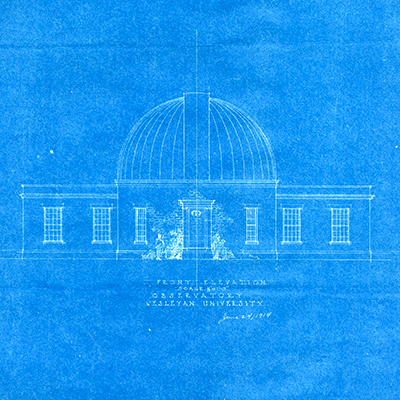
Exploring the Cosmos (ASTR 105)
During this split class session, students spend half of the session learning about a sampling of the Astronomy related rare books available in our collection. The other half is spent piecing together the history of the Van Vleck Observatory on campus through the use of primary sources. This session gives science students the opportunity to learn about and use some of SC&A's vast holdings. More about Exploring the CosmosStudent responses from the session:
- It helped me understand the historical context of the course, and how the course will not just be teaching us facts, but the process of discovering those facts.
- The textbooks and science manuscripts we were shown reflected what we learned about the history of astronomy and the evolution of planetary models.
- Many of the objects in the Special Collections and Archives showed me more about the history and depth of astronomy in the world, and specifically how important the study was at Wesleyan, as it was one of the first courses taught here.
-

Issues in Contemporary Historiography (HIST 362)
This single class session introduced students to the idea of challenges faced by researchers when using primary sources and archivists/librarians whose goal is to preserve them. Students were asked to analyze sets of materials and determine "issues" they encountered. Then with another group they compared and contrasted the two sets of material and related their discussion back to the idea of historiography. -
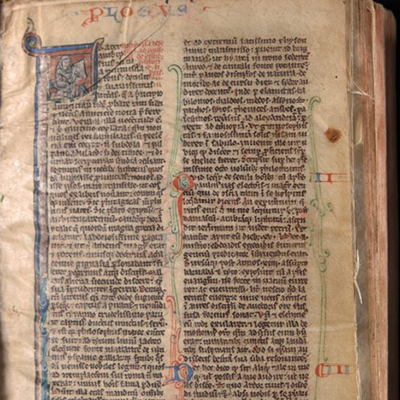
Medieval Art and Architecture, c. 1100-1400 (ARHA 210)
Students in ARHA 210 learn about medieval manuscripts in a hands-on exercise called “Speed-dating with Manuscripts.” It is adapted from an exercise developed at Merton College, Oxford University. For the first half of the class session, students work individually to observe and record as much as possible about a medieval manuscript or manuscript fragment that they have never seen before. They study a manuscript for 5 to 10 minutes, and then everyone moves on to the next manuscript, again observing and recording as much as possible. When every student has worked with every manuscript (or time is up), the group gathers to discuss each manuscript in turn and piece together as much about it as they can without outside reference tools.
More about Medieval Art and ArchitectureFor many students, this is the first time that they have actually handled a medieval manuscript and even determining what materials it is made of can be challenging. Students leave the class with an enhanced appreciation and understanding of the materiality of medieval manuscripts and what it is like to work with them directly rather than relying on physical or digital facsimiles. -
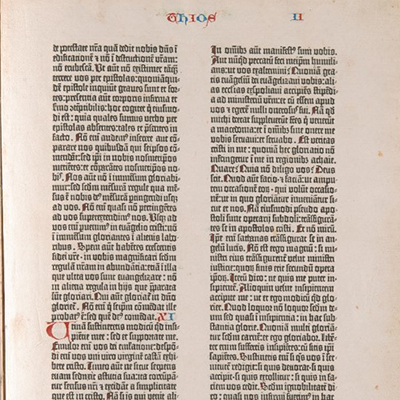
Typography (ARST 242)
The Typography class visits SC&A twice. In the first session, students learn about monuments of historical typography and book design, from the Gutenberg Bible to 19th-century wood type posters. Later in the semester, students return as a group to explore artists’ books from SC&A’s collection of more than 1000 examples. The second session is timed to coincide with students’ planning their own final book projects, and many are inspired by the content, design, and materials used in the artists’ books held in SC&A. -
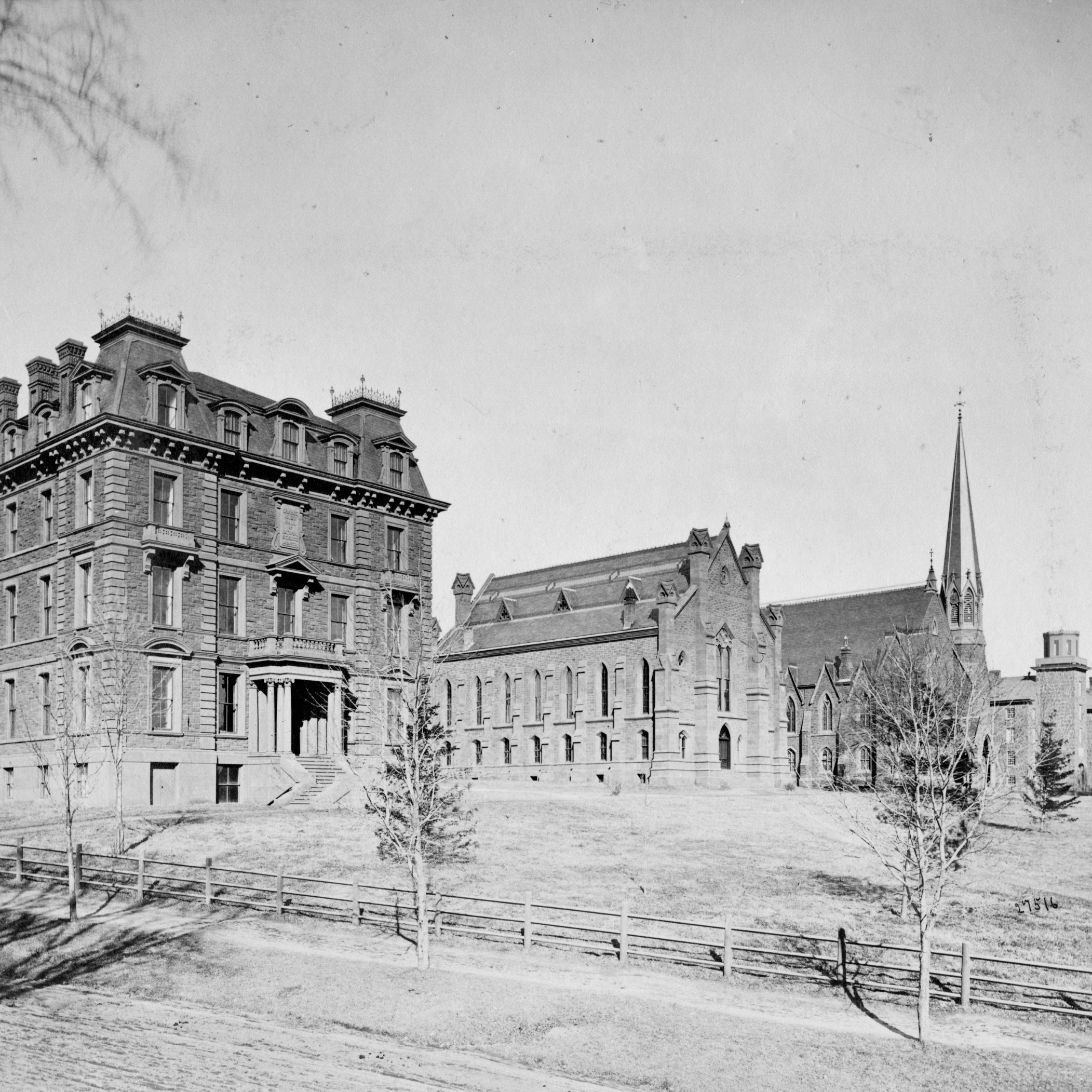
Media Revolutions: Color Television and the Humanities in the 1960s and 1970s (CHUM 353)
In this class session, we put the students into the mindset of a documentary film producer like they had been learning about in class. Each pair was given a single box collection related to Wesleyan art, history, or science to examine and think about how they could use it in a documentary. Tt the end of the session, they delivered a documentary pitch using the materials as their inspiration. Students were also given the option of using this collection or others in SC&A for their final project, which included making a 10 minute documentary. More about Media RevolutionsStudent responses from the session:
- I really enjoyed reading through the archived Wesleyan bylaws and seeing how in some ways they are very similar to todays even though obviously it was in a completely different era. I also was really interested in the meeting notes of coeducation at Wesleyan.
- I'll remember hearing everyone summarize and share what they found - which was my favorite part. I'm also glad that I got to ask questions about the documents because I gained insights that I never would have thought of myself.
-

Introduction to Environmental Studies (E&ES 197)
Students in E&ES 197 have a variety of options for their final class project. One of those options is to create an artist’s book that demonstrates their understanding of concepts learned in class and presents them to readers in a compelling way. All students in the class, whether or not they plan to create an artist’s book, come to SC&A for a short introduction to artists’ books. They encounter several artists’ books with environmental themes by established book artists as well as examples made by students in previous sessions of E&ES 197. They are also introduced to a few basic techniques for making books and resources for learning more. At the end of each semester, several of the most successful, engaging artists’ books are donated to SC&A’s collections.
-
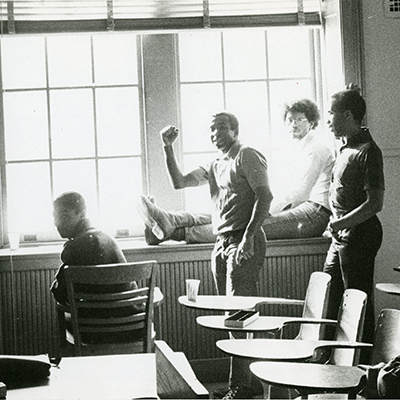
The Black Sixties: From Civil Rights to Black Power (AFAM 360)
Using a variety of archival documents related to the Fisk Hall Takeover on campus in 1969, the class examined the buildup and aftermath of this campus event. The process introduced the class to how narratives are created using primary source fragments and the role of narrative in research. Giving context to the civil rights movement by what was happening at Wesleyan allowed the student to feel a part of history come alive. More about The Black Sixties: From Civil Rights to Black PowerStudent responses from the session:
- Seeing photos from the Fisk takeover will definitely stick with me as it reminds me about how much work went into making campus life as I know it possible.
- I enjoyed being able to look at newspapers published back in 1968 which Wesleyan has held onto all this time. It was amazing to see the history of the University and how it has changed.
